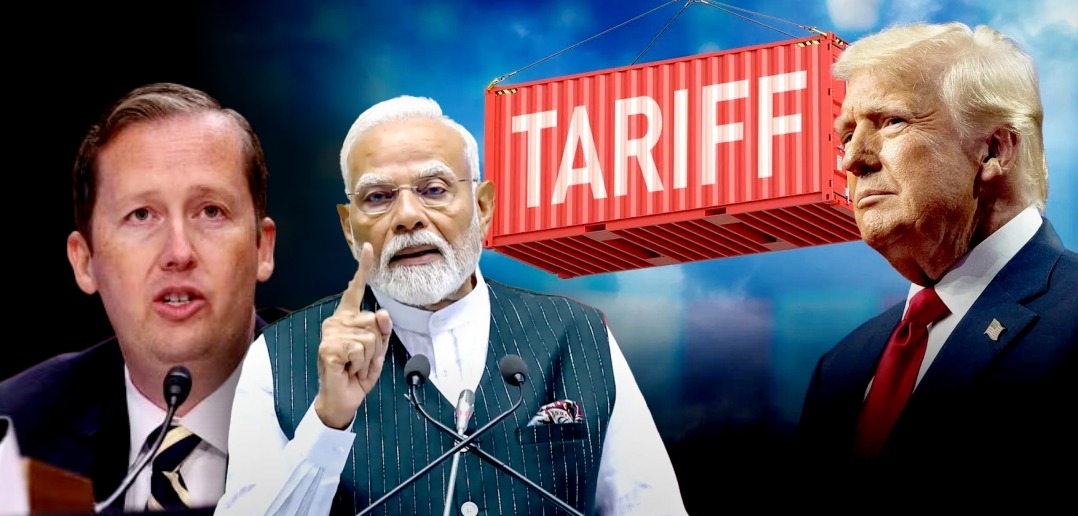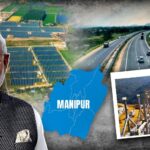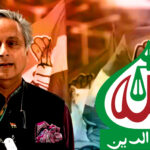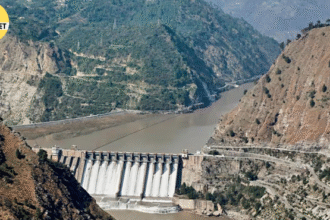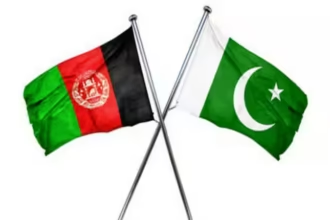Donald Trump, in an interview to Fox TV, was courteous enough to acknowledge that his tariffs caused a rift in relations with India.
On the same lines, his Indian Ambassador appointee Sergio Gor emphasised India being a strategic partner. But the Treasury Department was not in tandem with these statements, as it urged the G7 nations to consider imposing full-fledged 100% tariffs on both India and China.
So what is this American Duality, or the Donald’s Dilemma?
To understand this, one has to see Trump less as a President and more as an aspiring global dealmaker.
To begin with, as rightly mentioned by EAM Dr S. Jaishankar, it was indeed the US that called upon India to purchase oil from Russia and help stabilise global oil prices. Under the impression of a global dealmaker, Trump fell for the idea that India would roll back on buying Russian oil upon American appeal. Prioritising India’s global needs and strategic advantages, the NaMo government refused to compromise on the economic, political, and strategic front just to please the POTUS.
This is what irked him to impose hefty tariffs, which Trump too knows are unaffordable to the US in the long run. And that’s why, after his futile wait for Bharat to dance to the tunes of tariffs, Trump played his card of praising PM Modi as a great leader. Obviously, this was a bid to expedite trade negotiations and soften Modi’s approach. But cutting the tariff before the deal? That’s not how a US President would like to be known. After all, he has to make the “best trade deal in the history of trades ever.”
This desperation for an ever-advantageous trade deal with India actually pushed the US Treasury Department to urge G7 nations to levy 100% tariffs on India, and also on China.
In all foreseeable and unforeseeable circumstances, this is no more than an American gimmick. As for China, most of the G7 nations trade more with China than US itself. And as for India, the EU member states of the G7, making four of them, are a part of EU-India trade deals, which makes the tariff route non-feasible. The likelihood of imposing such tariffs on India is thus negligible.
So why did the US Treasury Department do what it did? The answer: it is actually a facade, spearheaded by Trump, making such proposals to G7 nations as pressure tactics for a better deal with India.
Amidst all these mixed signals and duality of discourse, the bottom line in New Delhi is clear. Its policy and its final verdict shall not be fodder for making Trump the GOAT dealmaker. Instead, it shall be guided by its own balance of advantages and disadvantages. And taking the India–EU trade deal as a recent instance, there is no dearth of such bold moves by the government led by PM Modi.

